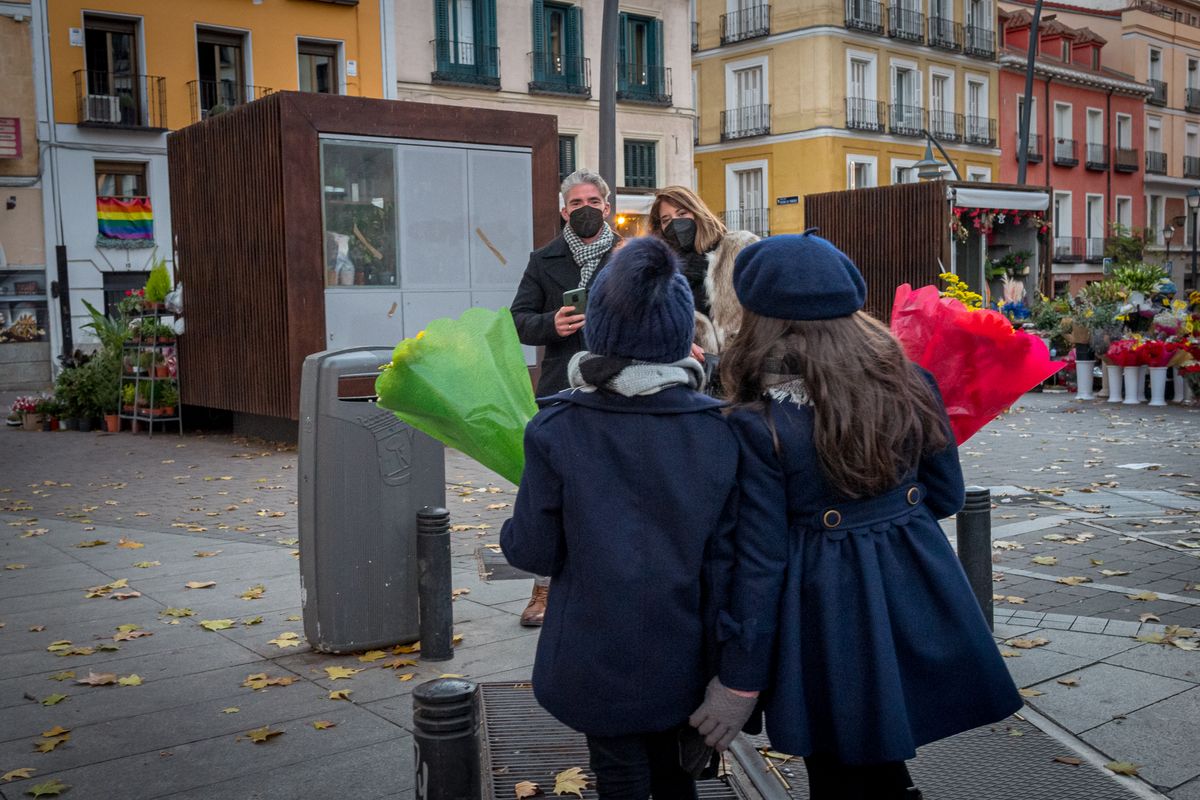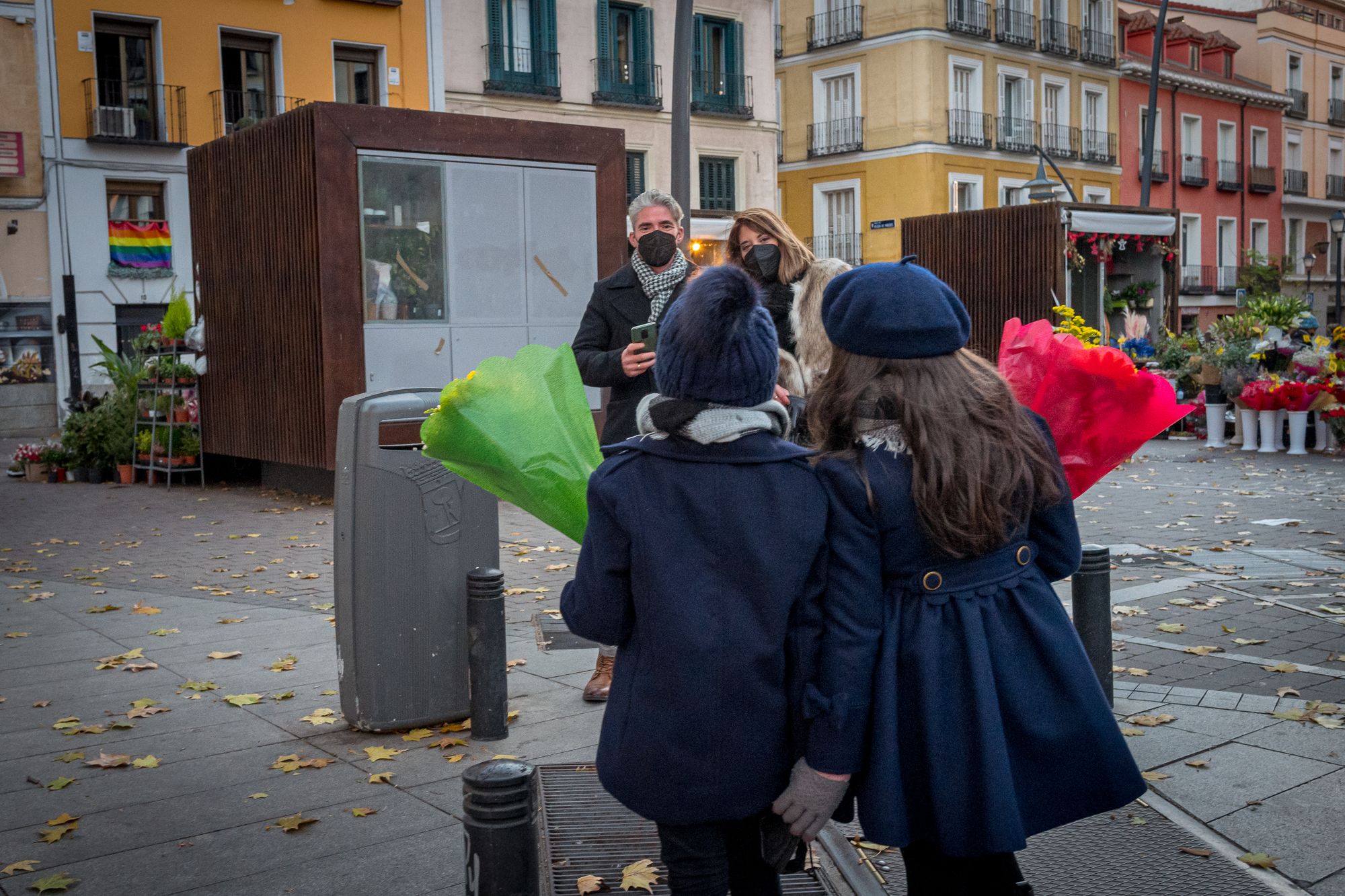Wise Attention in the Long Now
Leeway 002

This is Leeway, a newsletter by Michael Saltzman about creative permission.

The holidays are about gifts, gifts galore. Things we give, things we get, all that say: I chose this specifically for you. Clothing, cards, toys, money, gadgets, books, and if you’re born of a Jewish mother, some extra underwear and socks from Costco.
But what really “fills” us, aside from some of the best wine and meals of the year, is a thing less tangible. It’s closer to the intention behind a gift than the gift itself, but is a gift nonetheless. It’s the gift of attention.
Everyone's attention seems to get tuned up in quality to something like “presence”. We’re just a touch more here than usual. To me, this is the magic of the holiday season. A natural love permeates. Even for those who feel short on love – and the holidays are a punishing reminder – it's that presence that allows the beautiful melancholy underlying existence to puncture through in warm technicolor. And it is beautiful if you let it be.
“Attention is the rarest and purest form of generosity.”
Culled from the notebooks of French essayist Simone Weil and published in Gravity and Grace, this sentiment frames attention in a way I adore. Weil must have been a superb listener — to loved ones, strangers, and herself. She continues:
“Attention, taken to its highest degree, is the same thing as prayer. It presupposes faith and love.”
Then what does poor attention presuppose? We all know, actually. Because it characterizes a lot of modern life, a life online and too connected.
The brain and internet are nearly hybridized. Inputs and outputs of information pass through our thumbs thumping away on glass, and beam back into our eyeballs from tech companies on the other side. Colonizing our attention is the crux of software design and the business models built around it. And as a result, the quality of our attention has been run down, manipulated, exploited, assaulted, thinned, and paled.
Sheesh, aren’t you tired?
It’s up to us then to take control of our attention, so we can deploy it on what we really care about, who we really care about.
In my latest essay, Suffering in Peace: 1 Mind, 10 days, and 100 Hours of Vipassana Meditation, I explore attention more deeply in the context of a silent meditation retreat I went on this past summer in the north of Israel.
A fool I am for waiting this long to go, some thirteen years after my practice began. Born of the revelation a naive twenty-year-old self had while shuffling tunes on an iPod Nano in his dorm room bed: attention deployed consciously is attention deployed well. That precious thing in your life you want others to know about, to benefit from just as you have, to put to their own good use? For me, that's meditation.
But, meditation has a PR problem. And I've long felt for that reason, folks remain foreign to the practice, either impeded by a misunderstanding of the experience itself, or indifferent because “spiritual” communities have characterized its broad perception in western culture. In any case, meditation has been in vogue for some years now, dovetailed by environmentalism, health consciousness, and the like. It’s hollering as a trend, but only whispering its benefits.
Thanks to scientific minds with big audiences like Sam Harris or Yuval Noah Harari, the ball has been moved considerably up the field. But meditation still remains shrouded in a certain mystery. After all, the interiority of the practice creates an adoption bottleneck — one can only "see" their own experience, not other's, and thus can't infer a frame of reference. We're resolved to merely talking about it, but language is ultimately the wrong tool for the job. Nonetheless, I believe a clearer, more universal perspective is on the horizon, a critical mass reached that addresses meditation as a tide that lifts all ships.
My essay – broken up into two parts – is a tour of meditation and a ten-day Vipassana (vih-posh-uh-nuh) retreat, in hopes that it will help demystify what one gets themselves into, why one feels “ready” to go on retreat, the psychological profundity of this particular technique, and how the general practice of meditation is not just another tool on the tool belt, but is in fact the belt itself, underpinning all of conscious experience moment to moment, day to day, and all that makes up a life.
The big idea is: your life is happening — where are you deploying your attention, what influences it, and how is that connected to the marked improvement of well-being?
Go, give Part One a read. And note: I’m no guru, just a meditation dilettante. Nevertheless, I’ll do my best to answer any questions about the experience you might have.
Happy Holidays!
M
A request for your help
If you enjoy these letters, consider sharing one on your horrible social network of choice or forwarding along to a friend.
Here's a signup link: https://michaelsaltzman.com/leeway.
If you hate these letters, consider forwarding one to your most formidable enemy or dunking on that unsubscribe button.
Leeway Readers
What have you carved away? Write me@michaelsaltzman.com.
“I'm finding the strength within me so I can better live with uncertainty and deal with whatever circumstances I find myself in. It will make me less dependent so I can do what I'm supposed to do, which is photography, anywhere and anytime.”
“I’ve tried very hard to carve away people who are not positive in my life. What has made me who I am today is my desire to Be Good and Do Good. I stay in touch with my conscience.”
Browse the online archives.
Leeway?
A letter from Michael Saltzman.
Explained here.
If you enjoy this, please consider forwarding to a friend.